Transparent Conductive Film Display Size
Transparent Conductive Film Display Market Growth Projections and Opportunities
The Transparent Conductive Film (TCF) market for displays is influenced by various market factors that play a pivotal role in shaping its dynamics. One of the primary factors contributing to the growth of this market is the increasing demand for touch-enabled displays in smartphones, tablets, and other electronic devices. As consumers increasingly seek interactive and user-friendly interfaces, the demand for TCF, which enables touch functionality, has surged.
Moreover, the rising adoption of flexible and foldable displays in smartphones and wearable devices has fueled the demand for flexible TCF solutions. These films provide the necessary conductivity while allowing the flexibility required for curved and bendable screens. As technology advances, manufacturers are focusing on developing innovative and cost-effective TCF materials to meet the evolving needs of the display industry.
In addition to consumer electronics, the automotive sector has emerged as a significant driver for the Transparent Conductive Film market. With the integration of touchscreen infotainment systems, heads-up displays, and smart glass technologies in modern vehicles, there is a growing need for high-performance and durable TCF materials. The automotive industry's shift towards electric and autonomous vehicles further amplifies the demand for advanced displays, positively impacting the TCF market.
The ongoing trend towards energy-efficient and eco-friendly technologies has led to the adoption of organic photovoltaic (OPV) and other thin-film solar technologies. Transparent Conductive Films find applications in solar panels and windows, where they contribute to the overall efficiency and transparency of the energy-harvesting systems. This diversification of application areas contributes significantly to the expansion of the TCF market.
Government regulations and initiatives also play a crucial role in shaping the Transparent Conductive Film market. Policies promoting renewable energy sources and energy-efficient technologies have encouraged the adoption of TCF in solar applications. Additionally, regulations related to the disposal of electronic waste and the use of hazardous materials drive the development of environmentally friendly and recyclable TCF solutions.
The competitive landscape of the TCF market is influenced by factors such as technological advancements, research and development activities, and strategic collaborations. Companies are investing in the development of new materials with enhanced conductivity, flexibility, and transparency to gain a competitive edge. Collaborations with display manufacturers, research institutions, and end-users are becoming increasingly common to address specific application requirements and foster innovation.
Furthermore, the global economic landscape and trade policies impact the Transparent Conductive Film market. Fluctuations in currency exchange rates, trade tensions, and geopolitical factors can influence the cost of raw materials and, subsequently, the pricing of TCF products. Market players need to navigate these external factors to maintain profitability and competitiveness in the global market.
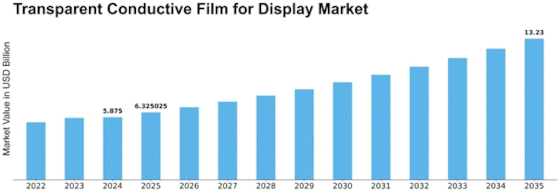
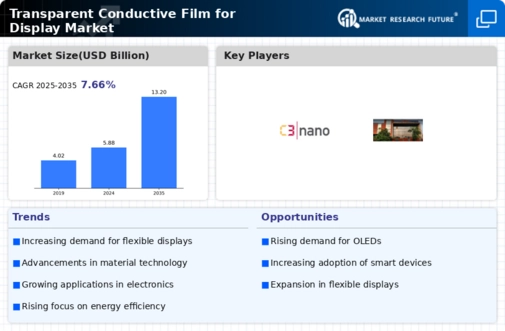
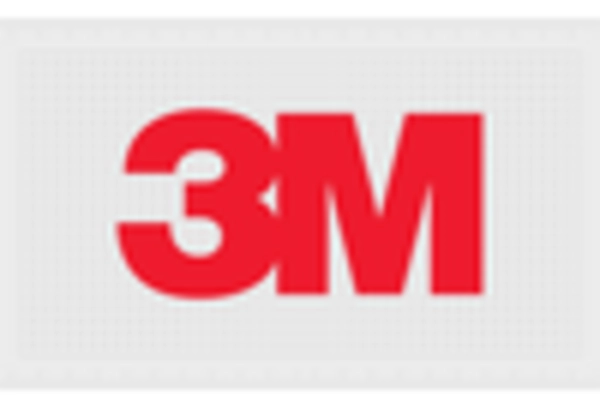
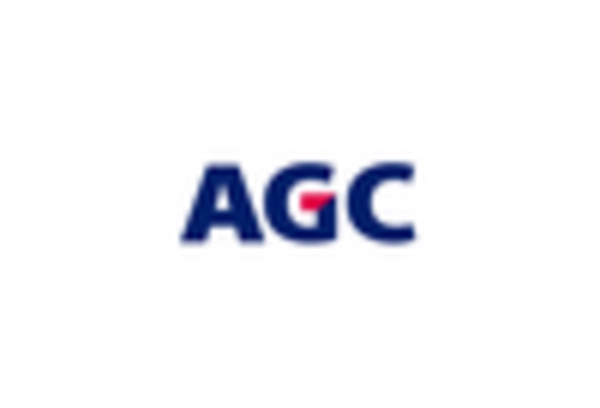
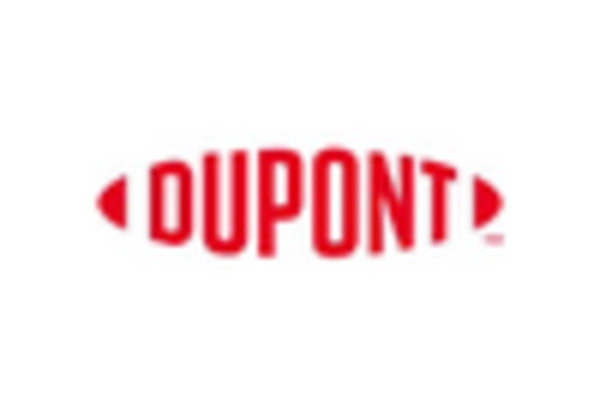
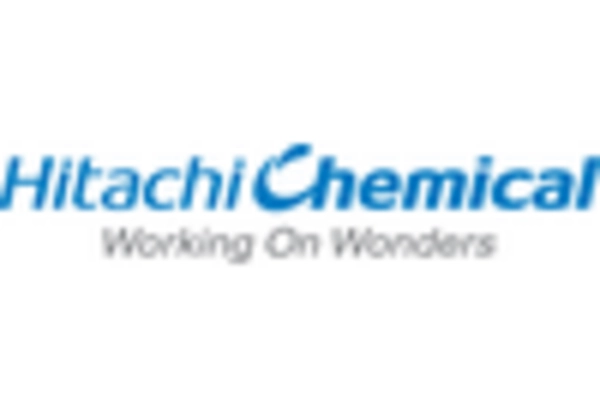
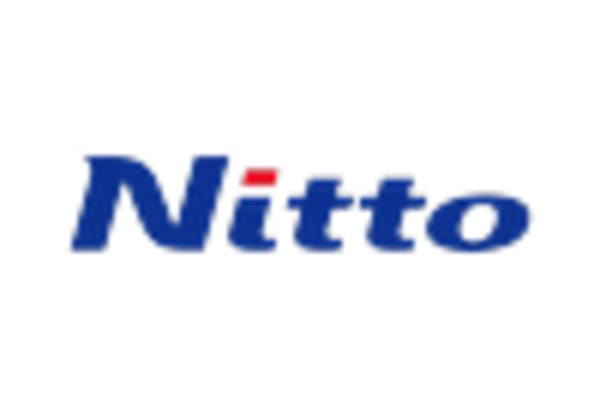
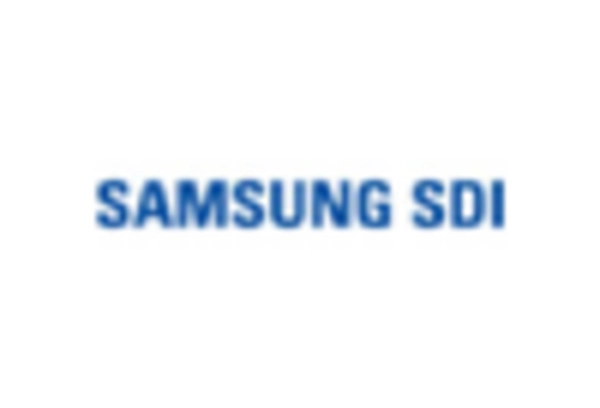









Leave a Comment